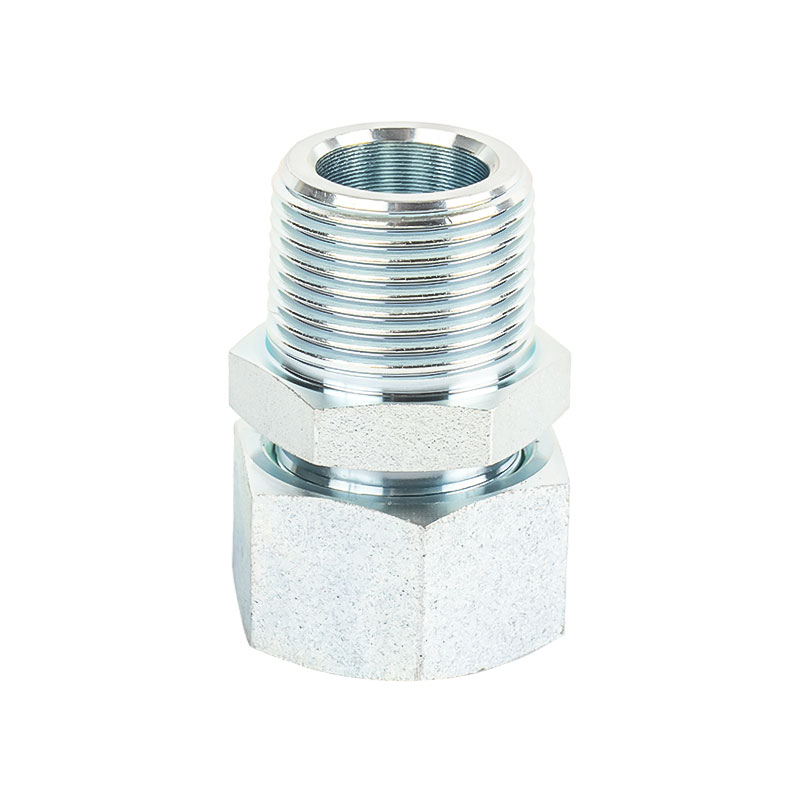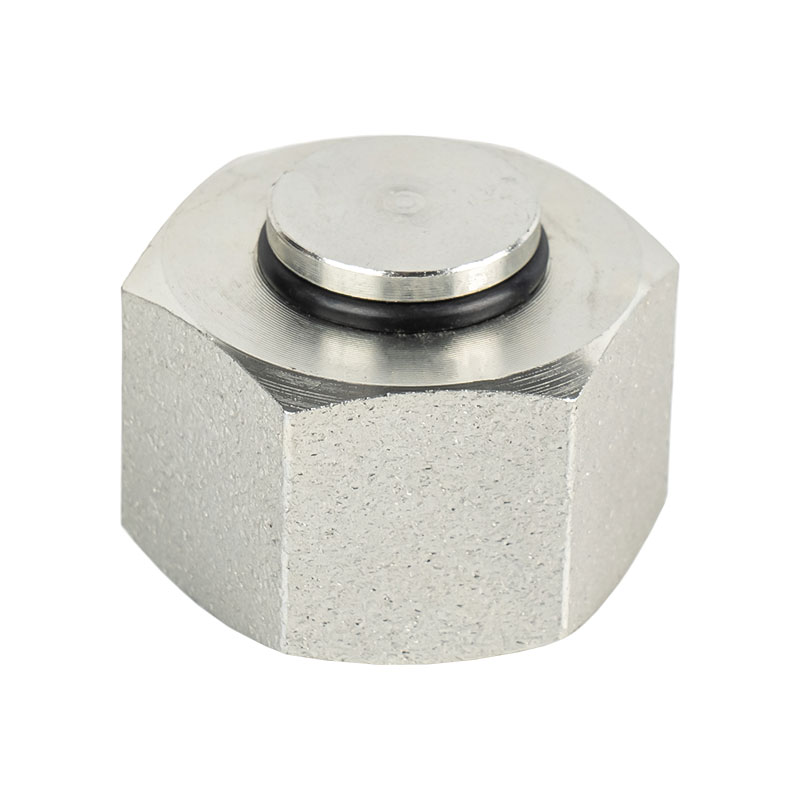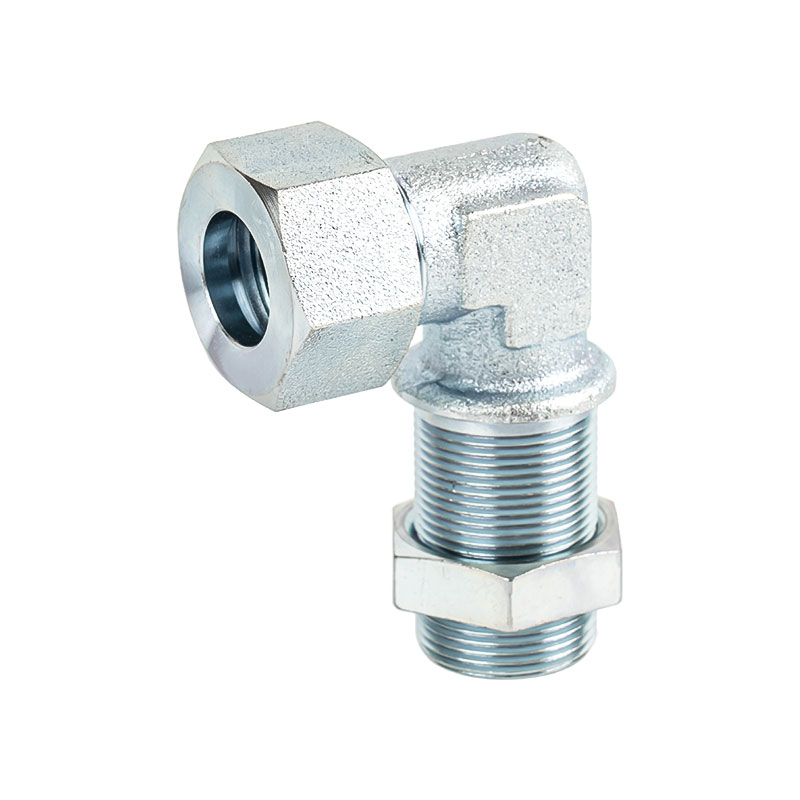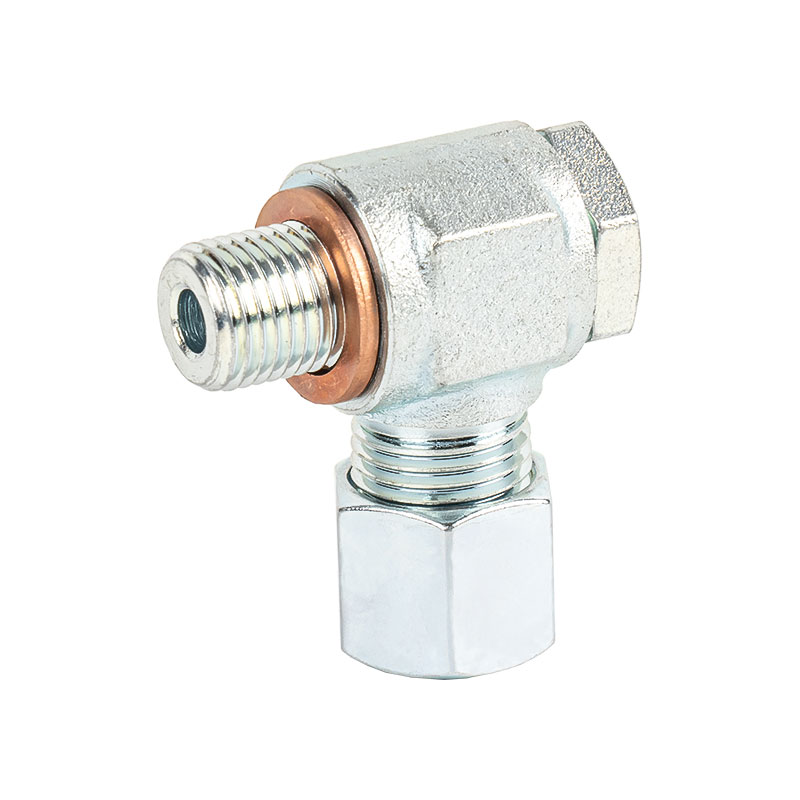Overview of Withhold Hose Joints and Their Functional Role
Withhold hose joints are widely used in fluid transmission systems, mechanical assemblies, and industrial equipment where secure hose connections are essential. These fittings are engineered to provide stable linkage between hoses and equipment interfaces, reducing the risk of leakage or disconnection during operation. Their applications span cleaning equipment, pneumatic systems, hydraulic tools, and certain types of high-pressure machinery. Because different industries use hoses to transport water, chemicals, air, or cleaning solutions, the structural reliability of the hose joint becomes a key factor. Understanding whether a withhold hose joint is suitable for cleaning equipment or high-pressure machinery requires examining its material strength, sealing performance, connection method, and tolerance to mechanical stress. These considerations help determine whether the joint can withstand demanding operating conditions found in professional cleaning environments or systems that generate substantial internal pressure.
Design Characteristics of Withhold Hose Joints
The structure of a withhold hose joint generally consists of a locking collar, connector body, and sealing interface. The locking mechanism ensures that the hose is clamped firmly, while the connector body transfers fluid or gas efficiently. Sealing rings or compression structures prevent leakage even when the hose is subjected to movement or vibration. The connection design also influences adaptability to various hose diameters and materials. In cleaning equipment, hoses are often flexible and move frequently, requiring joints that maintain stability under dynamic use. In high-pressure equipment, the joint must withstand internal force without deformation. These design characteristics allow withhold hose joints to be applied across different environments, provided that their specifications match system requirements.
Material Selection and Its Influence on Performance
Material composition plays a significant role in determining whether a withhold hose joint can handle cleaning or high-pressure tasks. Stainless steel, brass, reinforced composites, and high-grade polymers are common materials used for these joints. Stainless steel provides strong resistance to corrosion and pressure, making it suitable for high-pressure systems or equipment exposed to water and detergents. Brass offers stability and durability for moderate-pressure cleaning applications and is often used where corrosion resistance is needed but extreme mechanical loads are not present. Polymer-based materials are lightweight and chemical-resistant, making them suitable for portable cleaning tools and low-pressure spray systems. Manufacturers select materials based on environmental exposure, fluid compatibility, and mechanical stress. Understanding how these materials behave under pressure helps determine their suitability for specific equipment types.
Mechanical Strength Requirements in Cleaning Equipment
Cleaning equipment typically includes pressure washers, industrial sprayers, floor-cleaning machines, and sanitation systems. These devices require hose joints capable of handling water flow, cleaning agents, and intermittent bursts of pressure. A withhold hose joint used in cleaning systems must remain secure as the operator moves the hose, changes direction, or adjusts nozzles. It also needs to resist the gradual wear caused by frequent bending. Because cleaning equipment often operates in environments with moisture, chemicals, and temperature variations, corrosion-resistant materials are beneficial. The joint’s sealing performance ensures that detergents or cleaning solutions do not leak, maintaining equipment efficiency and safety. When designed with appropriate strength and resistance, withhold hose joints can function effectively in cleaning machinery that operates under moderate to high flow conditions.
Pressure Considerations for High-Pressure Equipment
High-pressure equipment such as hydraulic tools, pressure washers, compressed air systems, and industrial pumping systems impose greater mechanical demands on hose joints. These systems generate internal pressure that can exceed several hundred bar depending on the application. A withhold hose joint intended for high-pressure use must maintain structural stability and secure locking even under continuous force. The connector walls should resist deformation, and the sealing components must remain intact despite pressure fluctuations. Testing standards often include burst pressure testing, vibration testing, and leak resistance assessments. If the joint’s pressure rating aligns with the equipment’s operational pressure, it can serve effectively in high-pressure environments. However, underspecification can result in mechanical failure, leaks, or disconnection. Proper pressure rating selection is therefore essential.
Comparative Table: Cleaning vs. High-Pressure Requirements
Different applications impose distinct performance expectations on withhold hose joints. The following table compares common requirements to help illustrate suitability across these environments.
| Requirement Category | Cleaning Equipment | High-Pressure Equipment |
|---|---|---|
| Pressure Level | Low to moderate | Moderate to high |
| Material Durability | Corrosion resistance preferred | High mechanical strength essential |
| Sealing Performance | Prevents detergent leakage | Prevents high-pressure fluid loss |
| Flexibility Needs | High flexibility for frequent movement | Stable structure with minimal deformation |
| Typical Joint Type | Lightweight or medium-grade withhold joint | Heavy-duty reinforced withhold joint |
Sealing Mechanisms and Their Role in System Stability
Sealing performance is critical in both cleaning and high-pressure systems. Withhold hose joints often incorporate O-rings, compression seals, or tapered sealing interfaces that create pressure-tight closure. In cleaning equipment, the seals must withstand chemicals, detergents, and constant hose movement. In high-pressure equipment, seals must handle more intense compression forces without loosening or deforming. The effectiveness of the sealing system influences long-term durability, prevents fluid loss, and supports operational reliability. Proper installation also affects sealing performance; even premium seals cannot function optimally if misaligned or overtightened. Understanding the seal’s compatibility with fluid type, temperature, and pressure ensures safe and stable equipment performance.
Impact of Environmental Conditions on Hose Joint Suitability
Environmental conditions affect the usability of withhold hose joints in both cleaning and high-pressure applications. Cleaning tasks often involve exposure to hot water, detergents, and outdoor conditions. High-pressure systems may face temperature fluctuations, vibration, or harsh industrial environments. Moisture, chemicals, UV exposure, and abrasive surfaces can gradually degrade materials. Stainless steel and brass offer reliable corrosion resistance for outdoor or wet environments, while polymer components excel in chemical resistance. The specific operating environment helps determine which type of withhold hose joint is appropriate. Selecting a joint that matches environmental challenges helps reduce wear and maintain consistent performance.
Connection Stability Under Dynamic Movement
Cleaning equipment tends to involve frequent movement, hose dragging, bending, and repositioning. A withhold hose joint used in such environments must maintain strong clamping force while allowing some flexibility to absorb repetitive motion. High-pressure systems may remain stationary during operation, but they experience strong internal forces and vibration. The joint must remain firmly locked even when exposed to rapid cycles of pressure or tool activation. Both applications therefore require reliable connection stability, but the mechanisms differ. Cleaning systems benefit from lightweight but durable locking structures, while high-pressure systems require reinforced locking segments designed for heavy mechanical loads.
Testing Standards and Quality Evaluation
Manufacturers test withhold hose joints through pressure tests, torque assessments, environmental exposure simulations, and leak detection protocols. Cleaning equipment components are often tested for chemical resistance, flexibility, and long-term sealing reliability. High-pressure components undergo more rigorous testing, including burst testing, vibration resistance testing, cyclic pressure endurance, and high-temperature performance checks. These evaluations help verify whether the joint can operate safely under expected field conditions. Quality standards ensure consistent performance regardless of application type. When selecting a joint, users should refer to manufacturer pressure ratings, material specifications, and testing certifications to determine suitability.
Applications Across Equipment Types
Withhold hose joints are used in a broad range of systems, from household cleaning devices to industrial machinery. Pressure washers, carpet-cleaning machines, and sanitation sprayers benefit from joints that provide stable flow and resistance to bending stress. Hydraulic tools, compressed-air lines, and industrial pumps rely on joints capable of handling substantial internal force. The adaptability of the withhold hose joint design makes it possible to tailor versions for low-pressure cleaning or high-pressure technical equipment. Manufacturers offer variations based on pressure rating, thread type, material grade, and vibration resistance. Matching these characteristics to the equipment ensures safe and reliable operation.
Maintenance Considerations for Long-Term Use
Regular inspection and maintenance help maintain the performance of withhold hose joints in both cleaning and high-pressure environments. Hoses should be checked for wear, cracking, or abrasion, while joints should be inspected for loosening or seal degradation. Cleaning equipment may require periodic flushing to remove residues from detergents or cleaning agents. High-pressure equipment may need more frequent checks due to the mechanical stress placed on connectors. Lubrication of threaded components and replacement of worn seals can extend service life. Proper maintenance helps preserve system performance, reduces fluid leaks, and minimizes unexpected downtime.
Selection Guidelines for Cleaning and High-Pressure Applications
Selecting the appropriate withhold hose joint requires understanding the specific operating demands of the target equipment. For cleaning equipment, factors such as flexibility, corrosion resistance, and compatibility with detergents are important. For high-pressure systems, pressure rating, structural reinforcement, and high-strength materials become essential. Users must ensure that the joint matches both the hose diameter and the equipment’s pressure requirements. Consulting manufacturer documentation helps ensure proper selection and installation. When the joint specifications align with operational demands, the withhold hose joint can serve effectively in either cleaning or high-pressure environments.

 中文简体
中文简体








